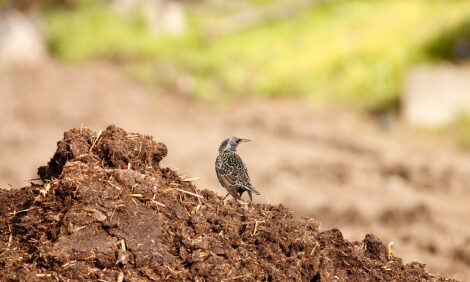In October 2007, an outbreak of highly pathogenic avian influenza A (H5N1) was identified at a poultry farm near Abbottabad, in the North-West Frontier Province of Pakistan. In November 2007, the Pakistan National Institute of Health was informed that people with suspected H5N1 virus infection had been hospitalized in Peshawar; at the same time, the Institute received clinical specimens for diagnostic testing.
A team from the National Institute of Health, joined by staff from WHO's country office, conducted the initial case investigation. Based on the findings, the Ministry of Health officially reported the possible occurrence of human cases of H5N1 virus infection to WHO in December 2007.
Health authorities in Pakistan asked WHO to provide technical support to enable investigation of several suspected human cases of H5N1 virus infection.
The report describes the findings of the investigation into the family cluster that included three laboratory-confirmed cases. It concludes, "Evidence gathered during the investigation supports the hypothesis that this outbreak of influenza A(H5N1) infection was limited to a family cluster and was not sustained in the community. Human-to-human transmission probably occurred, but only after prolonged and intimate contact among family members."
Further Reading












